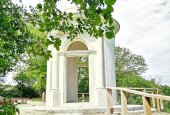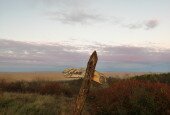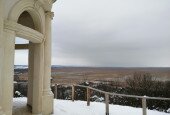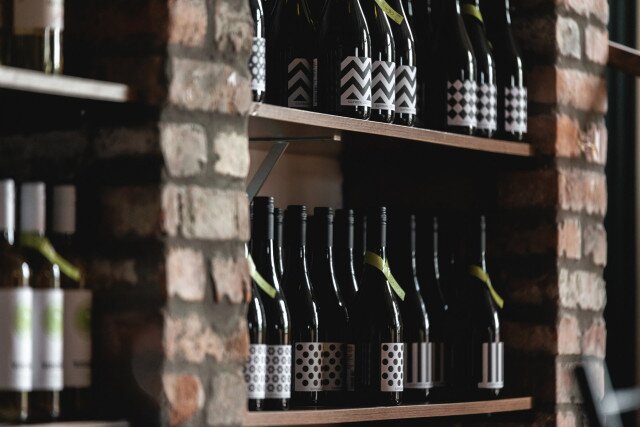Fertőboz
Fertőboz is located between the hills around the southern shore of Lake Fertő and the reed beds of the lake. It is part of the Fertő-Hanság National Park, the smallest village on the Fertő shore, with 280 inhabitants. Its name originates from elder, which is celebrated at its blooming (in May) with the elder festival during its blossom in the picturesque Julianus Valley, which hosts the festival. The village was owned by the Széchényis/Széchenyis for 270 years. Therefore, in the 1921 referendum, although 80% of the village's population was German speaking, the majority still cast their vote for Hungary. “In gratitude”, 25 years later almost the entire German nationality was deported from the village.
Attractions:
Gloriette: A literally outstanding sight of the village. During the Napoleonic wars, in October 1800, Archduke Joseph, the leader of the noble armies of the county, visited the hill with Ferenc Széchényi several times to admire the beauty of the landscape. To commemorate these visits, Ferenc Széchényi built the memorial hall made of limestone from Fertőrákos.
Trinity Church: The Trinity Church built in 1732 stands on a hill above the village. Until the end of the 18th century, the village did not have a parish priest of its own, so the Hidegség priest served here. The tombstone (from 1781) of the first local parish priest of the village, Adam Gemeindewiese, can be found in the cemetery of Fertőboz.
According to legend, a small child was found abandoned on the village meadow. Probably wandering people left him so that they did not have to take care of him. The villagers took him to Count Széchényi, who named him after the village meadow (Gemeindewiese) and gave him the first name Adam. He was brought up, and he became the first priest of Fertőboz.
Underground row of cellars: The nearly
In the middle of the 18th century, at the end of Linden Alley lived a hermit. According to legend, he educated the people of Fertőboz, Hidegség, Homok and Hegykő to grow vegetables, which, in addition to fishing, reed harvesting and winemaking, gradually became the most important source of income for the farmers in the area. Vegetables grown in the “Ferte lands” were also sought after in the Sopron and Vienna markets.












